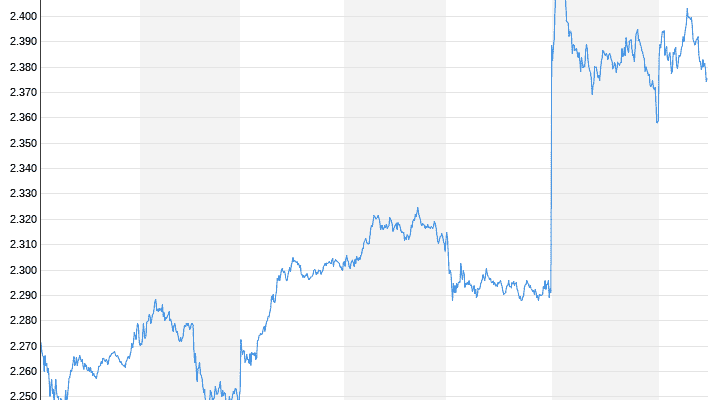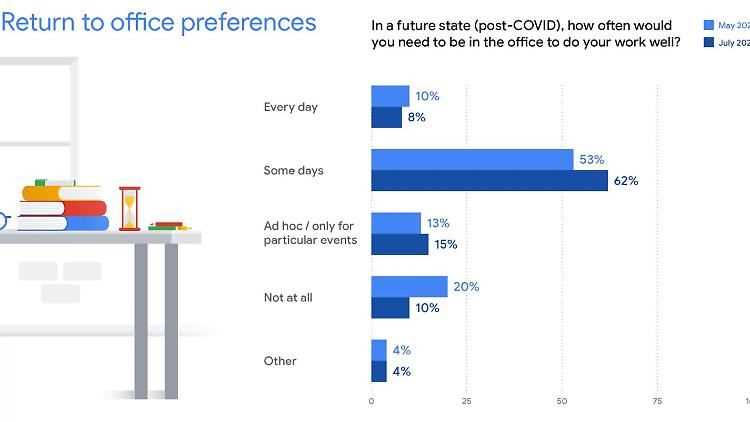Thursday April 29, 2021
Less presence is worth it
Home office, a billion-dollar booster for Google
The pandemic is turning out to be very healthy for Google’s businesses. Not only the advertising business is booming. The work of employees in the home office is also worth real money. It’s good for boss Pichai that most of them don’t miss the exclusive surroundings on campus in Silicon Valley that much.
Home office in the Corona crisis turns out to be a great stroke of luck for Google. The fact that the employees work at home plus the online advertising boom at the beginning of the year made the tills of parent company Alphabet ring a lot.
As the latest business figures reveal, the group saved in the first quarter – and “primarily as a result of Covid-19” – 268 million US dollars on travel expenses and company promotions compared to the previous year. Extrapolated, the savings of more than one billion US dollars are extrapolated for the entire fiscal year. This corresponds to the savings of the previous year: In the pandemic year 2020, the group had already spent 1.4 billion US dollars less on advertising and sales promotion than in 2019 because campaigns had been stopped, postponed or converted into digital formats. At the same time, business is buzzing: Despite lower marketing and administration costs, sales increased by 34 percent in the first quarter.
Awakening from Corona paralysis
Google was one of the first major tech companies to announce in summer 2020 that employees should stay in the home office until mid-2021. Meanwhile, many US companies are slowly ordering their employees back into the offices.
Google is offering its US employees to come back on a voluntary basis starting this month. From September they are supposed to work in the office three times a week. Google wants to test a flexible working week, depending on the number of infections at the respective location. It is not planned that all employees will return. CFO Ruth Porat spoke to investors of a “hybrid” model, in which the employees should sit less closely than before.
Google boss Sundar Pichai had already announced in October 2020 that the work structure would remain more flexible after the corona crisis. The design of the company’s famous office space should be adapted to the new working reality, he said. They are to be redesigned so that employees who mainly work in the home office have a workplace when they occasionally visit the office.
The “Googlers” welcome new flexibility
The mixture can only suit the employees. As a survey last autumn showed, most Google employees feel comfortable even without the work culture with pampering programs such as massages, relaxation rooms and connection to the Silicon Vally “family” with which the tech company likes to adorn itself.
However, Pichai expressly does not believe in a complete move away from the classroom workplace. “We don’t believe that the future is 100 percent remote,” he said last year. “We firmly believe that personal togetherness, a sense of community, is very important because whenever you have to solve difficult problems, you have to create something new.” Community plays a major role for him.
As in real life, this should be a successful balance between closeness and distance. The group should continue to benefit from this. If he keeps 50 percent of the employees in the home office, the model remains a huge savings program that was not intended at all.
.

